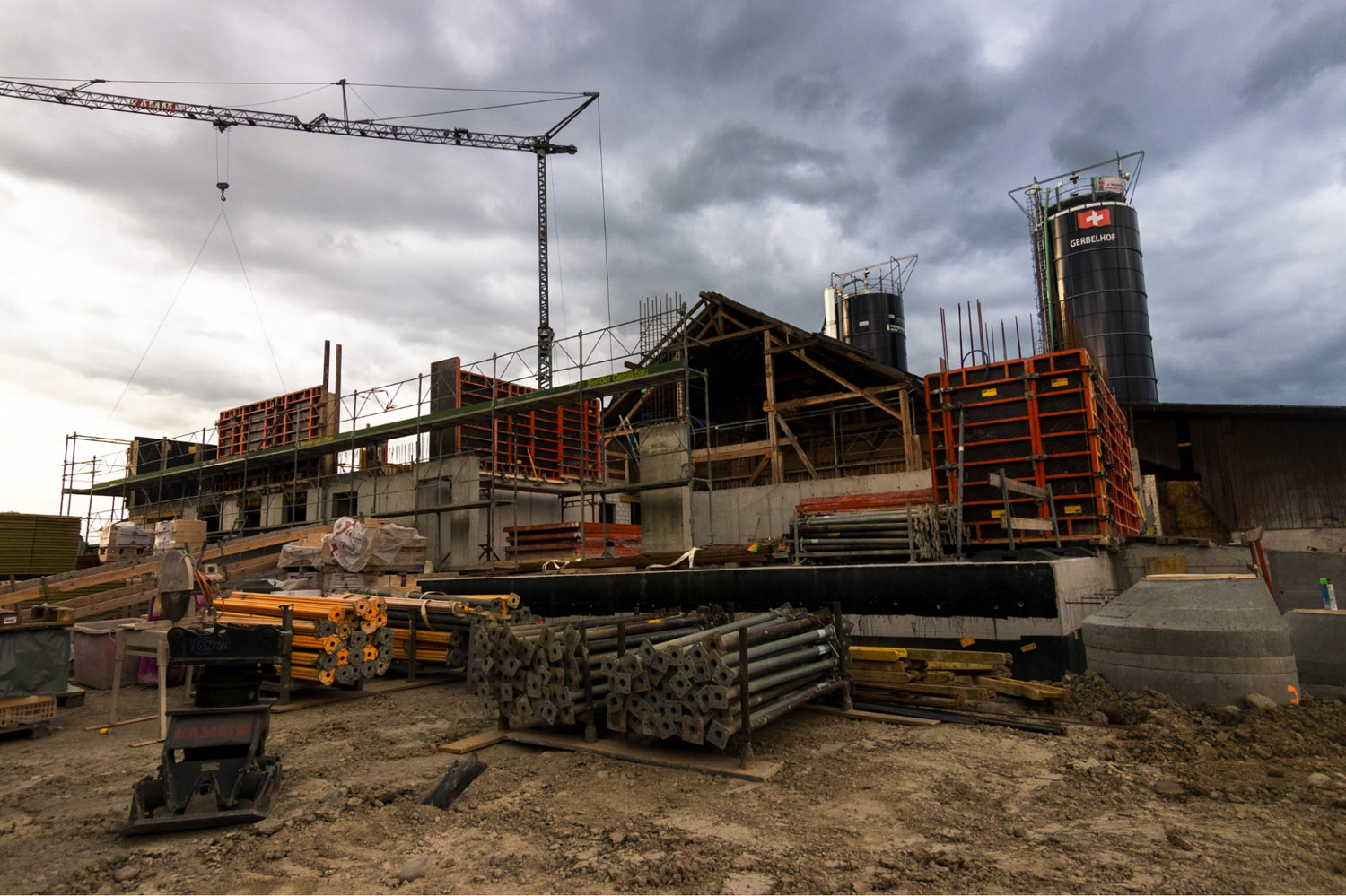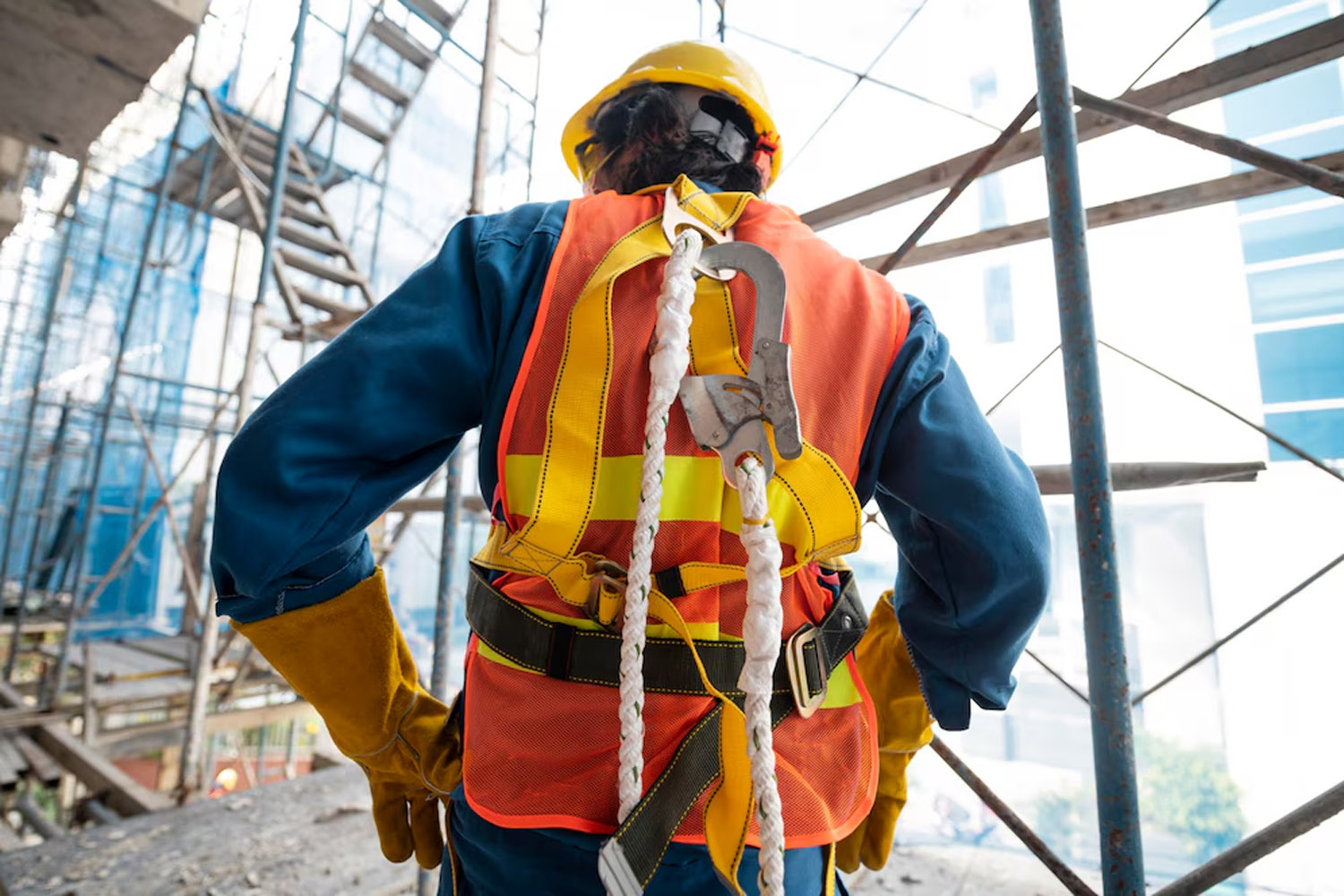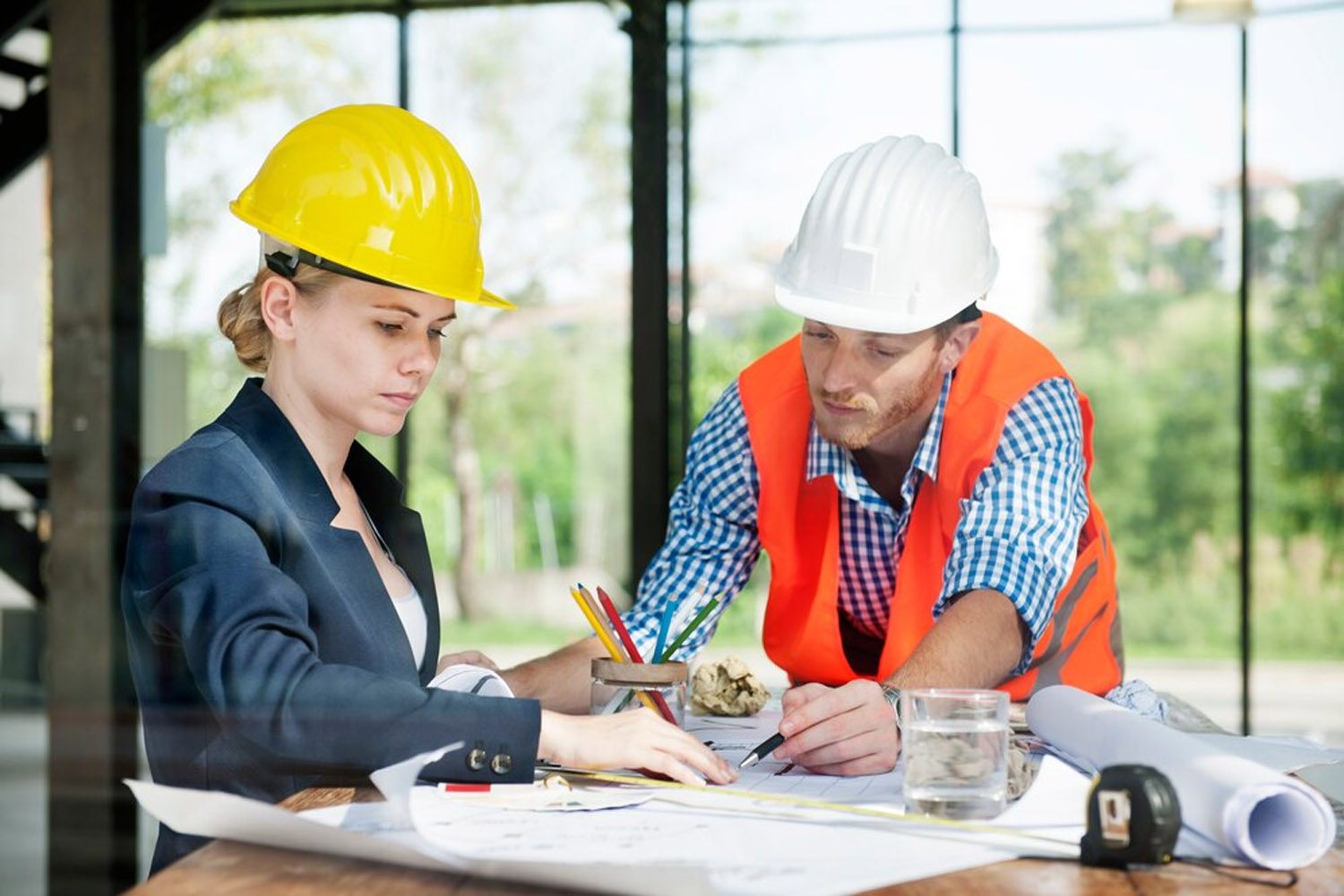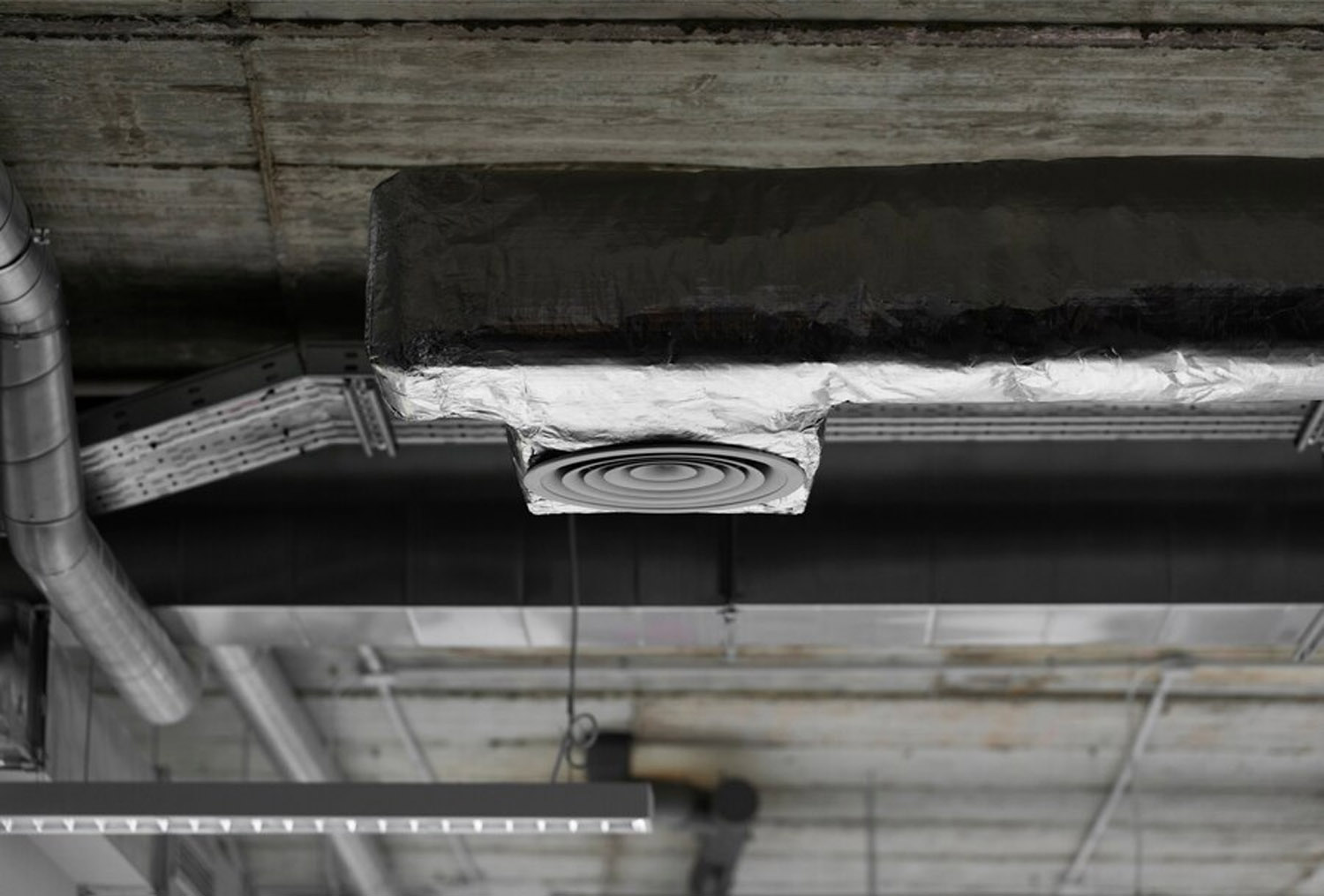
Commercial construction is a $2 trillion industry in the United States. With so much cash being tunneled into a single sector of the economy, it is imperative that architects and designers find ways to improve efficiency. One leading concept is through the sourcing of durable, industrial-grade materials. By designing for durability, architects can ensure the ongoing quality of their structures for optimal economic, environmental, and functional efficiency for years to come. Keep reading as we explore some of the most trending industrial-grade materials used in contemporary commercial construction.
The Economics of Choosing Industrial-Grade Materials
Many commercial construction projects run well into the hundreds of millions of dollars. As a result, it may be tempting to source the most economical materials possible to get as much upfront financial relief as possible.
The savvy architect knows the folly of such a strategy.
While contractor-grade materials may make the initial quote more palatable, they are likely to have a short shelf life. The dollar saved during construction will not seem so impressive when various components of the building need to be replaced at the same time.
Therefore, it is almost always advisable to opt for upgraded materials that have a longer lifespan rating. Not only will the increased durability reduce maintenance, repair, and replacement costs over the building’s lifetime, but future buyers will be willing to pay a premium for a structure fabricated from first-rate materials.
Safety and Security: Non-Negotiables in Commercial Construction

Safety and security are essential when building any type of structure. However, they are magnified in commercial settings. A given site is likely to host thousands of workers, customers, and other patrons on a daily basis, increasing the potential human impact of a safety breach.
There are numerous ways to guarantee the safety and security of a commercial structure. Class A fire-resistant roofing will last a minimum of two hours before igniting, giving occupants a better chance of escaping during a conflagration. Installing commercial pipe insulation can protect building fluids from extreme temperatures, reducing the likelihood of catastrophic pipe failure. Heavy-duty railing around all decks, elevated walkways, and staircases can define the perimeter of key areas and limit the risk of falls.
Future-Proofing for Climate Change
The effects of climate change are being felt in new and catastrophic ways around the world. Severe weather events, from epic hurricanes to non-seasonal blizzards, are striking with greater and greater frequency. Building developments unprepared for such disasters are being razed to the ground by these extreme forces of nature.
While the hope is that society can take drastic measures to reverse the debilitating effects of climate change, it is far from a guarantee. It is definitely best to prepare for the worst and hope for the best. As such, heavy-duty materials such as insulated concrete forms (ICF) framing, hurricane-grade storm windows, and brick rainscreen cladding should be the standard for structures looking to shield themselves from extreme weather events.
Code Compliance

As society becomes more highly evolved by the day, building codes become more stringent to better reflect new societal standards. By sourcing the most durable materials, architects can promote the ongoing quality of their structures, reducing their vulnerability to code updates. Thanks to its elite strength-to-weight ratio, steel beams and girders will most assuredly conform to any future weight-bearing code changes. By installing a restaurant walk in freezer to commercial food preparation facilities, designers can guarantee that all foods remain at safe temperatures for long-term storage. Composite roofing products will not absorb moisture or break down in the face of extended UV exposure, ensuring that the roof of the building stays in good condition to pass periodic inspections.
Tightening Sustainability Standards
Sustainability is the name of the game in contemporary commercial design. Not only are the aforementioned building codes tightening in this regard, but an increasingly conscientious client base is choosing to do business only with those enterprises that are doing their part to reduce their carbon footprint.
Architectural louvers allow ambient breeze into the building while blocking moisture and debris entrance. This helps promote natural cooling and ventilation in the structure. When paired with industrial ceiling fans, this setup can do wonders for reducing reliance on A/C consumption and creating a comfortable interior with minimal nonrenewable energy consumed.
Fostering Productivity

One of the key roles of any commercial structure is to promote the productivity of its occupants. It must be well-lit, have a functional layout, and ensure the safety of all who step foot on the premises.
Add industrial noise reduction to this list.
More and more facilities are required to be multipurpose, with diverse occupants inhabiting the space. Not only is man-made noise transfer a concern, but the din from noisy utility rooms can become a distraction if not properly mitigated, As such, industrial sound attenuators, HVAC noise dampers, and sound absorbing partition walls are becoming top priorities in structures aiming to improve the concentration and otolaryngologic (ear) health of occupants.
Source the Highest Quality Materials for Ongoing Commercial Construction SuccessDesigning for durability can have numerous benefits for commercial construction projects. From industrial pipe insulation to commercial sound attenuators, explore any of the materials listed above to guarantee the most durable commercial buildings possible. For more of the latest lifestyle and architecture trends in Arizona, explore the content at AZ Foothills Magazine for ideas and inspiration today!
